LattePanda 3 Delta Review: Does Price/Performance Physical Computing Get Better Than This?
Single-Board Computers (SBCs) have provided incredible cost-to-performance ratios since the first Raspberry Pi computer exploded onto the hobby computer scene in 2012. Most are low-cost, low-power ARM-based boards, and while the power they have has increased exponentially over the years, they still stand aside from x86-based computers.
Being able to run Windows and Linux natively is a big deal, but x86 SBCs have not had the easiest ride. In general, they are either cheap and have such poor performance they aren't worth using, or they are expensive and still somewhat underwhelming.
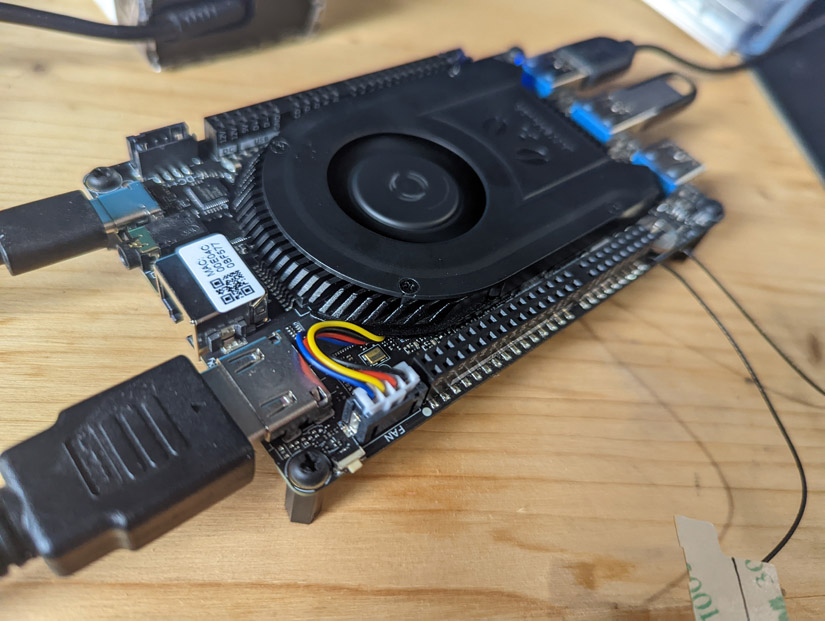
The LattePanda 3 Delta is the latest x86 SBC in a line of impressive little computers. In short, it's a semi-powerful x86 SBC with a massive array of Input/Output options. It comes with Windows 10 preinstalled and costs $331 dollars for an unactivated version, and $397 with Windows 10 Enterprise version.
The LattePanda team sent us this LattePanda 3 Delta to give away to the viewers of the Electromaker Show on YouTube. They have no say over the opinions in this review, and no power over editorial changes on Electromaker. If you'd like to win a LattePanda 3 Delta, keep an eye on the Electromaker Show in the coming weeks where we'll announce the competition - open to all of our YouTube subscribers!
In Short: Should You Get a LattePanda 3 Delta?
On release, there were some questions as to whether an SBC this price was worth it when there are so many other x86 computers available that beat it on raw performance alone. My experience with this board convinced me that if you need an X86 SBC this is one of the best price-to-performance ratio boards available today.
The 11th Gen Intel Celeron N5105 CPU can clock up to almost 3 GHz, and the massive array of connectors support touch screens, nVME, 4/5g connectivity, and physical computing courtesy of an ATMega32u4 chip (the same as you'll find on an Arduino Leonardo and Micro), and all of the regular ports you'd find on a PC.
This isn't going to replace your desktop or laptop in most scenarios, but it comes close and offers a lot more too. Before we take a deeper look at what makes this board tick, let's go over the specifications, and what's inside the box.
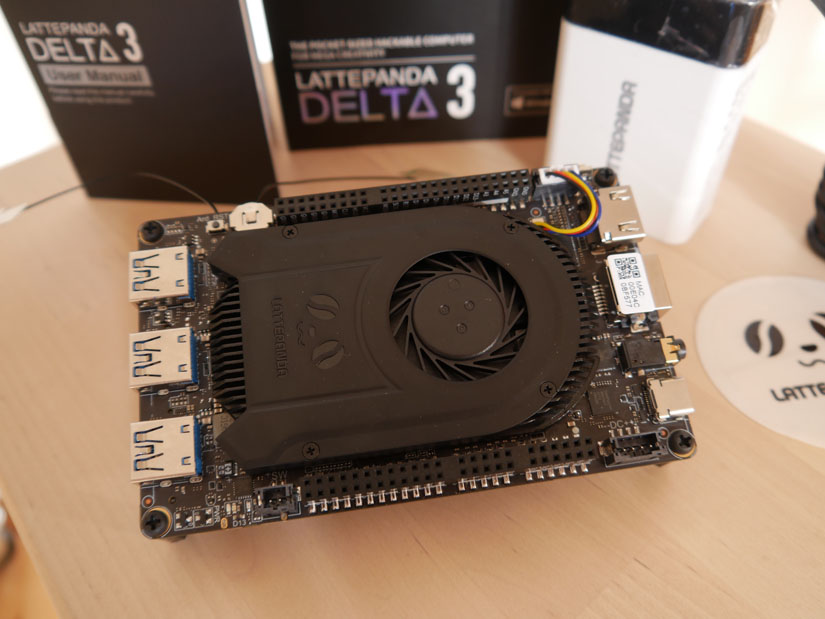
LattePanda 3 Delta: Specs and What Is In The Box
The version I tested was the LattePanda 3 Delta 864, with the 864 denoting 8 GB of RAM and 64 GB of eMMC storage. There's no confirmation of what other specs will be shipping in the future, but at the time of writing, the only choice is whether you buy the board with the Windows 10 Enterprise activation or not.
- CPU: Intel® Celeron® N5105 Core: 2.0~2.9GHz Quad-Core, Four-Thread Graphics: Intel® UHD Graphics (Frequency: 450 – 800MHz) Memory: LPDDR4 8GB 2933MHz Storage: 64GB eMMC V5.1
- Expansion Slots:
- 1x M.2 M Key, PCIe 3.0 2x, Supports NVMe SSD
- 1x M.2 B Key, PCIe 3.0 1x, USB 2.0, USB 3.0, SATA, SIM, Supports SATA, 4G & 5G module
- Connectivity:
- 1x Wi-Fi 6 @ 2.4GHz &5 GHz(160MHz)
- 1x Bluetooth 5.2
- 1x Intel Gigabit Ethernet
- USB Ports:
- 2x USB 3.2 Gen1 Type A
- 1x USB 3.2 Gen2 Type A
- 1x USB Type C, Supports PD, DP, USB 2.0
- 1x USB 2.0 Pin Header
- Display:
- 1x HDMI 2.0b: Up to 4096x2160 @ 60Hz HDR
- 1x DP 1.4: Up to 4096x2160 @ 60Hz HDR
- 1x eDP: Extendable Touch Displays up to 1920*1080
- TPM: built-in TPM(2.0)
- Co-processor: Arduino Leonardo ATMEGA32U4
- Audio: Microphone + Headphone Combo Connector
- GPIO & Other Features:
- 12x Analog Inputs
- Up to 23x Digital Input/Output (7 PWM)
- 1x UART
- 1x I2C
- 1x SPI
- 1x Audio Connector
- 1x 4-Pin RS232 Header
- 1x Fan Port (4 Pin 1.25mm PWM 5V)
- 1x 4-Pin Header (Power and Switch)
- OS Support: Windows 10 & Windows 11 & Linux
- Dimension: 125 x 78 x 16mm
- Operating Temperature: 0°C~75°C
Immediately notable in the specs is the 11th gen NC5105 processor. The days of Celeron branded chips being a letdown are gone. This CPU gives an incredible performance at lower power specs. The 8 GB RAM is plenty, though it is a single channel which may be an issue for some applications. It also has a Trusted Platform Module (TPM 2.0) built-in, so upgrading to Windows 11 won't be an issue. In fact, it may run better than Windows 10.
Where this board really shines, however, is it's I/O. For a board measuring just 175 x 78 x 16 mm it packs in one USB 3.2 gen 2 slot, 2 USB 3.2 gen 1 slots, HDMI, eDP, DP 1.4, serial, USB and power headers, and fully breaks out the ATMega 32U4 chip (with added audio support) into female header pins. You also get two M.2 slots on the bottom, one M-key making it support nVME SSD drives, and the other B-key for USB/SATA/4G/5G addons.
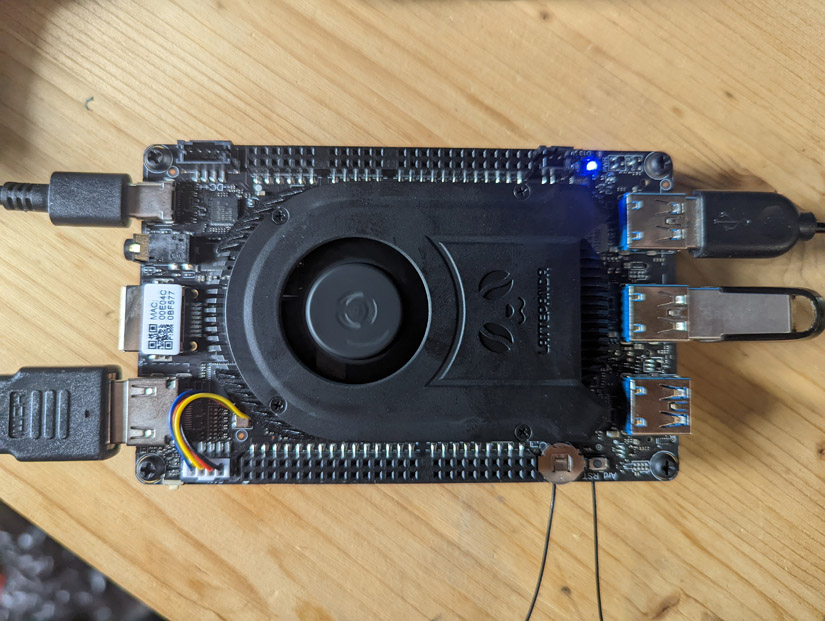
In terms of what you get in the box, alongside the board and WiFi antennas, you get a 45 W USB Type-C power supply, a user manual, a Windows 10 activation code card (if ordered), some standoff pins, and some stickers.
The cooling fan and RTC come already attached to the board, so there's really no assembly required beyond attaching the standoffs. While the specs are all well and good, the real proof is in the user experience. Getting started with some SBCs can be quite challenging. Luckily, this is not the case with the LattePanda 3 Delta.
Getting Started with the LattePanda 3 Delta
Before powering on the LattePanda 3 Delta there were only two things to do, both technically optional. Attaching the standoffs as previously mentioned and attaching the mini WiFi antennas.
Anyone who has attached mini antennas before will know it's a fiddly and somewhat scary experience - but this has nothing to do with this SBC specifically. Once they are popped on, they have a good fit and can be more or less forgotten about, unless you are designing a case for it!
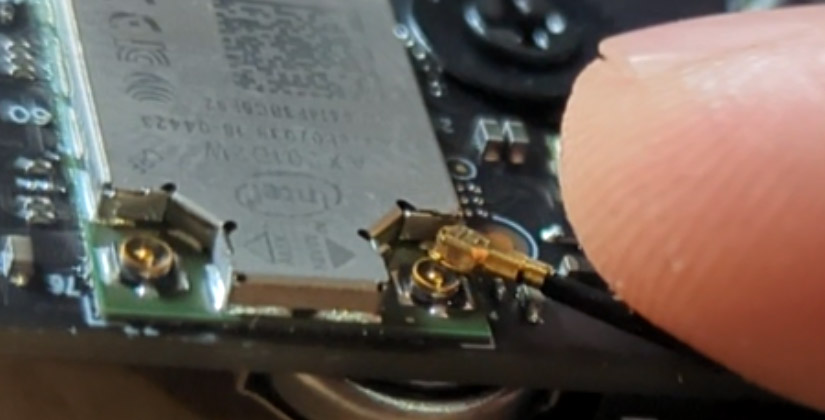
The version I tested came with an unactivated version of Windows 10 Pro, which booted up quickly after plugging in power, a monitor, keyboard, and mouse. I don't have a WiFi 6 router to test connections, but the connection to my home 5GHz router remained stable throughout the entire time I was testing it.
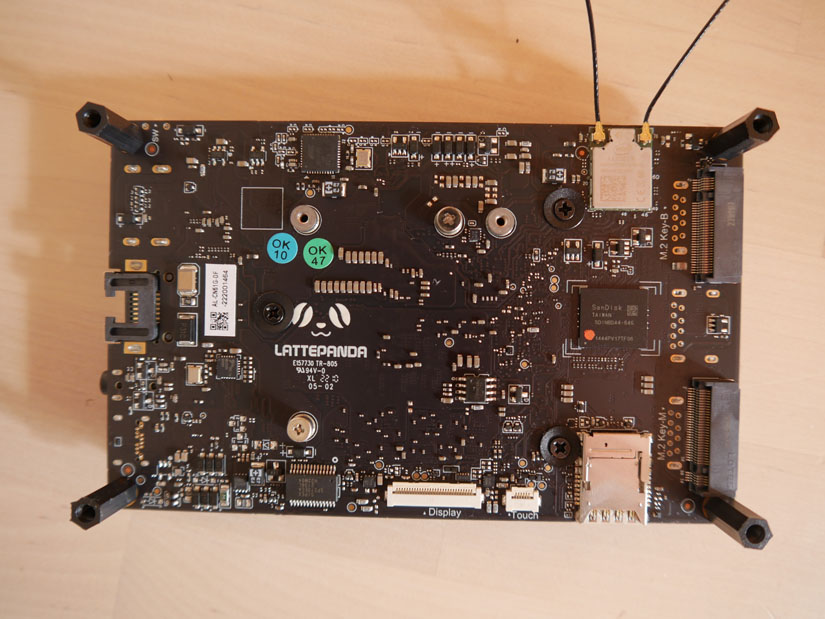
I've also been a user of Bluetooth headphones on my Linux and Windows computers for some time and found the LattePanda 3 Delta provided equally good support on both operating systems. That is, without much issue but nowhere near as smooth as a consumer device like a smartphone or tablet.
Once I'd updated Windows, Using the LattePanda 3 Delta felt very similar to the experience I have on my dual-boot laptop for general everyday use. There are little to no stutters while browsing, watching videos, and coding using VSCode.
LattePanda 3 Delta: Size and Compatibility
An obvious draw to the 3 Delta is its size. It's larger than a Raspberry Pi, which is a metric every SBC review has to mention, though it's largely irrelevant as it's a very different machine under the hood.
What might matter to previous LattePanda users is that it's longer than the previous LattePanda 2 Delta by a few millimeters. The width and height haven't changed, but any previous cases will not fit. There's an updated Titan case in the works, but as it stands there's not much case support other than DIY options, a few of which have already shown up on Thingiverse.
Size and case compatibility are somewhat moot points, however, as the board was clearly designed to work in a variety of settings. Power, USB 2 and Serial are all broken out into header pins, and all of the standard connectors on the PCB could be easily extended to the side of a custom case.
This would sit happily on your desk bare, or in a simple enclosure. It would be equally suited to placing in a rugged case exposing a touch screen user interface and protected ports for deployment as a public kiosk, or in an industrial setting.
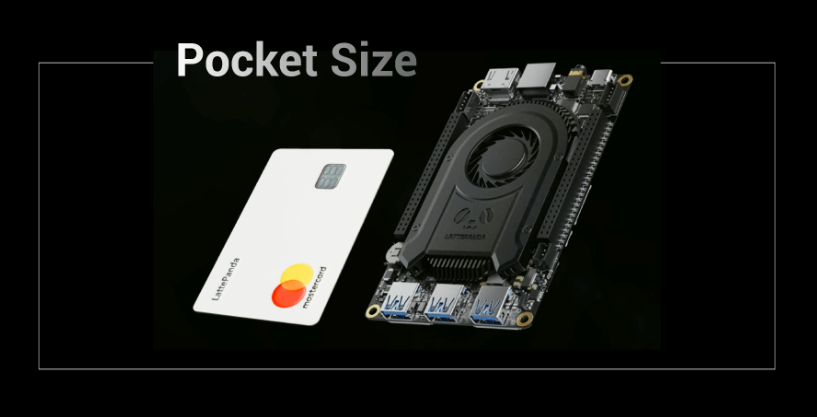
The Built-in Arduino Leonardo ATMega 32U4
After getting up and running and doing some simple benchmarks, my first priority was seeing how easy it was to access the onboard ATMega32U4 chip, both as a programmable onboard MCU, and a passive I/O for the main system.
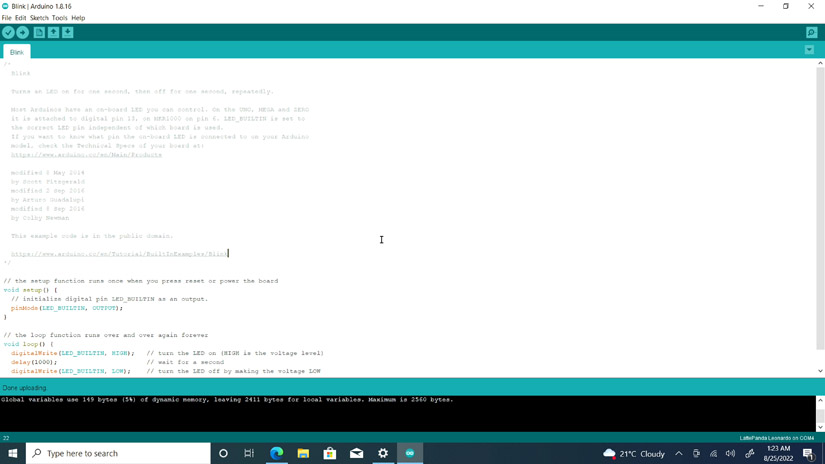
Both were incredibly easy. The Arduino IDE comes pre-installed with the version of Windows LattePanda provide. Even if it wasn't setup wouldn't be a problem as the ATMega32U4 chip is hardwired to a COM port, meaning you can follow any beginner Arduino tutorial to get the onboard LED flashing.
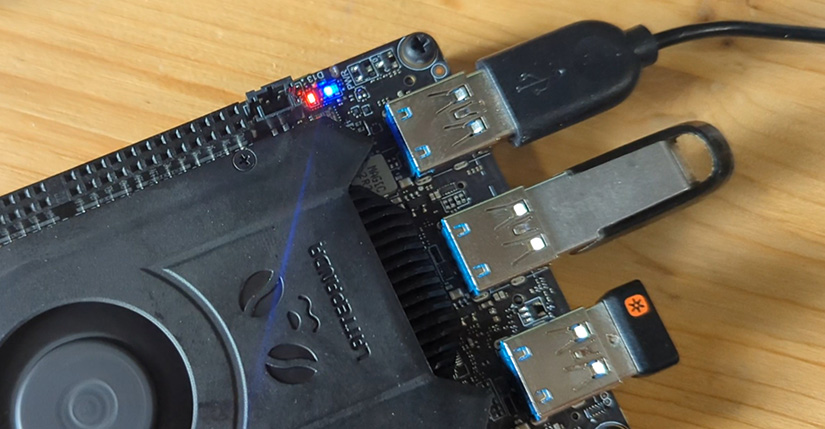
The D13 Arduino LED is right next to the power and sleep LEDs, making it perfect for simple feedback, and all of the ATMega32U4 pins are broken out into the dual 49-pin female headers on the board's top side. There are also extra 5v and 3.3v power points broken out separately from the ATMega chip - though I wasn't able to find any current specifications for them compared to the 200mA whole board draw limit of the 32U4.
Arduino in Any Language: Firmata Support
The built-in ATMega42U4 also makes it very easy to control the physical pins dedicated to the Arduino coprocessor. Rather than rely on a completely new implementation of a GPIO library, you can flash the 32U4 with a Firmata sketch, giving you control over the Arduino side without needing to use the Arduino IDE or reprogram the chip.
You'll then have the option of firmata libraries in every programming language you can think of, most of which support the full range of communication protocols the 43u4 provides, often with much easier binding to use.
My initial thought for a nice beginner project would be to rig up a small OLED screen to display onboard LattePanda specs like CPU temperature and RAM usage.
One only slight disappointment to those with a healthy Arduino shield collection is that they will not fit the board right out of the box. There are many DIY shield conversion projects online, and DF Robot even sells a low cost shield expander for previous boards, so it's likely a version for the 3 Delta will appear soon.
From my perspective, I usually break everything out onto a breadboard anyway and found this process to be exactly the same as when working with Raspberry Pi or Arduino boards
LattePanda 3 Delta: Everyday Performance
For all of my general everyday uses, the LattePanda could easily replace my laptop. That said, I don't edit videos on my laptop or play games, so it's important to keep your expectations in check here. For a board of this size, at this price, I found the performance to be incredible. It's not going to replace your gaming rig any time soon, but compared to the old experience of Windows on x86 SBCs, and Celeron laptops in general, it's almost slow down free in daily use.
However, the subject of gaming on the LattePanda 3 Delta came up many times while writing this review, so we'll look at that briefly later in the review.
Video performance was actually a little better than expected. I spent most of my time with the 3 Delta using a 1080p display, which was perfectly happy with smooth HD video through the browser and VLC media player. In my 4K tests, 60fps video played without any noticeable slowdown at all.
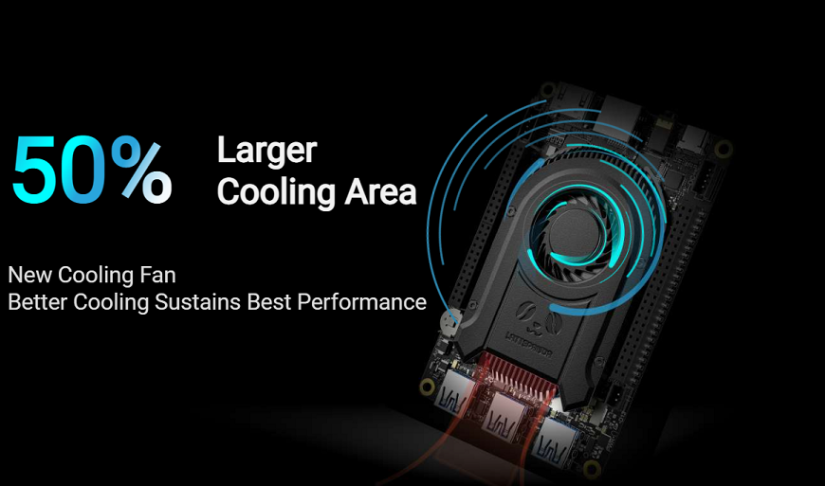
The onboard eMMC was incredibly speedy too, which is unsurprising given its SANDISK branding. The m.2 nVME SSD speeds were disappointing in theory, but fell at about half the speed of my general use nVME drive in my desktop. SBCs have always lagged behind when it comes to this kind of transfer, and this is forgivable for my use cases.
This board isn't really suited to being a heavy-duty NAS, so this is likely not going to be an issue for most users. My External 1TB SSD performed well plugged into the USB 3.2 Gen 2 port, giving read speeds of up to 1000 MB/s, and writing of up to arounf 850 MB/s during testing.
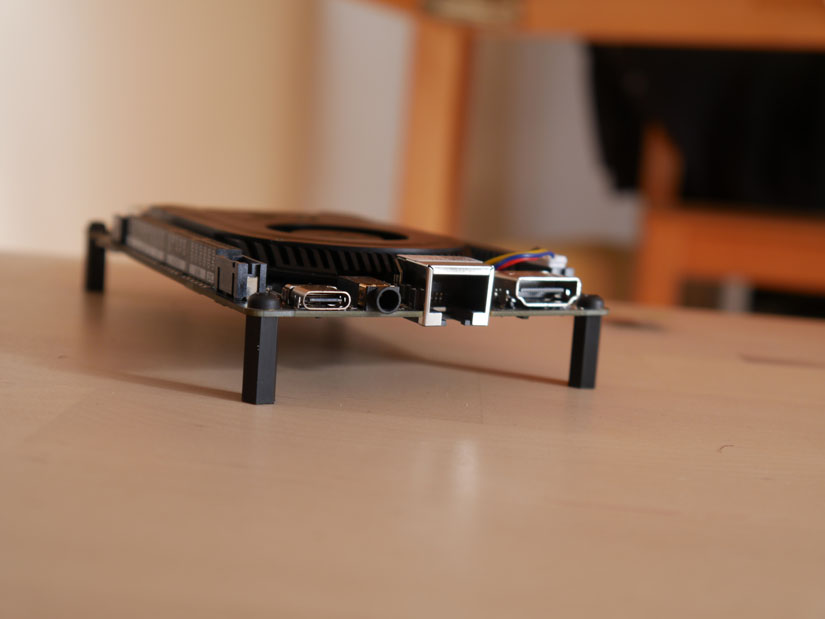
Windows 11 and the LattePanda 3 Delta
While Windows 11 is still a little new for those who've been burned by upgrading their OS over the years, it does look like it might have a few advantages for low-powered computers and SBCs.
The TPM(2.0) BIOS support Windows 11 requires is present here on the LattePanda 3 Delta. During my tests, I never had the chance to try upgrading, but since my Windows 10 experience was so smooth it didn't seem essential. That said, the optimizations Windows 11 seems to already bring to older hardware look impressive, and it may be the best running Windows version to date when it comes to SBCs. Only time will tell on that one.
Using Linux on the LattePanda 3 Delta
Despite Linux being a big interest for many, I didn't spend too long with Linux on the board due to time restrictions. To test, I installed the same Linux Mint distribution I use on my laptops and found it to be indistinguishable in performance. I do have a few custom tweaks to make the already lightweight GUI of my distro smoother, but these aren't enough to really cover any issues if there were going to be any.
Linux x86 devs should find the LattePanda 3 Delta pretty smooth to work with thanks to x86 cross compatibility, and using the built-in ATMega43U4 was very simple for the same reasons it was on Windows. If you can find an Arduino on your regular Linux distro, it is exactly the same process here.
As always, the incomparable Christopher Barnatt of Explaining Computers covers a distro almost identical to my custom Mint variant in his fantastic rundown of the LattePanda 3 delta:
While not specific to Linux, here is a good place to mention that much like other x86 BIOSes, there are options for enabling and disabling fast start up, power watchdog with auto reboot, and USB power "always on" options too.
Will it Game?
One question many folks asked before this review came out was: Will it Game? Will it run Crysis? Can this replace my gaming machine?
The answer is Yes. Sort of. You absolutely cannot replace any gaming machine with an SBC, but I managed to get a surprising amount of performance out of the LattePanda 3 Delta, given that it's not designed for high-performance gaming.
While I didn't have a copy of Crysis to hand, I did play a fair chunk of Portal 2 with it. While it's a pretty old game by today's standards, it's still impressive to me to see fully 3d worlds with difficult physics calculations run at a decent framerate.
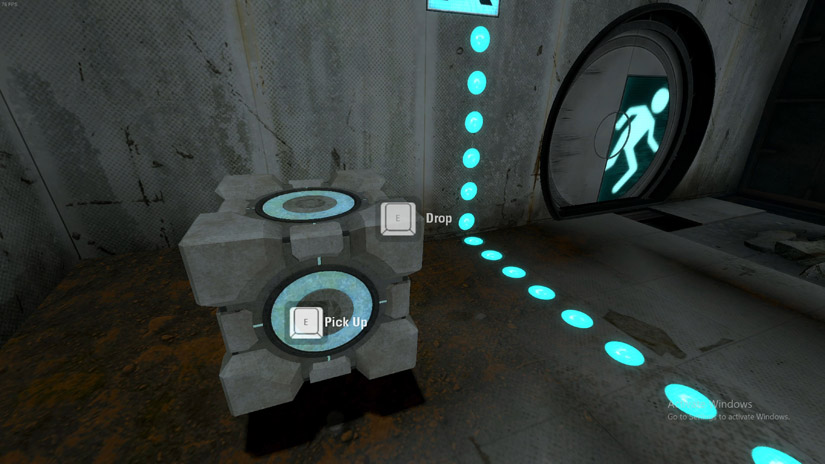
The lowest I saw it dip was about 40fps, while it was mostly up in the 70s. For a condensed SBC with a built in Intel HD CPU, that's not bad at all. As always, ETA Prime has a fantastic run down of what you can expect from this SBC in terms of gaming, and in a later video even attaches an RTX graphics card to it!
This ETA prime video also highlights something else. The power consumption on this thing is incredible. As ETa Prime discovered, it has a 3.7 Watt idle power consumption, and 15.9 Watts when it is being pushed as hard as possible. This is way higher than many other SBCs, but again it's not offering the same thing as them. For an x86 machine this powerful, it's a great performance.
It's not a gaming PC by any means, but a large portion of gaming history will run on this if you would like it to. That said, there are better budget options for gaming. It's just a nice side effect of a more powerful x86 SBC that this is possible at all. Where it shines is as a powerful embedded physical computer, which can integrate with the world around it, while remaining simple to use for even computer novices.
LattePanda 3 Delta: x86 Physical Computing Comes of Age
While there are noises about the price from some corners, the package you get here is pretty incredible in terms of price and performance. Most forms of embedded computing require specialist knowledge to work with, whereas this is x86. In its simplest sense, you could develop your user-facing app entirely on your regular Linux/Windows machine with a Leonardo connected via firmata, then move that program to the LattePanda when it is working the way you want it to.
The onboard connectors for USB, audio I/O, and a touchscreen are a great benefit too. This could happily be embedded into a kiosk or industrial user interface, giving a familiar user experience and simple updates via web connectivity.
The breakout headers for a serial port are a nice touch as well, meaning that this could be a drop-in for older serial hardware deployed in industrial settings. Again, this is Windows/Liunux, so development is made a lot easier, and you get the full range of user I/O and connectivity built into one board.
M2 slots are not new in SBCs, and nVME SSD cards are becoming widespread - but x86 SBCs with 4G/5G support are still rare, and having two separate slots means you don't have to choose. Conveniently, eMMC can be disabled in the BIOS making nVME single booting very simple.
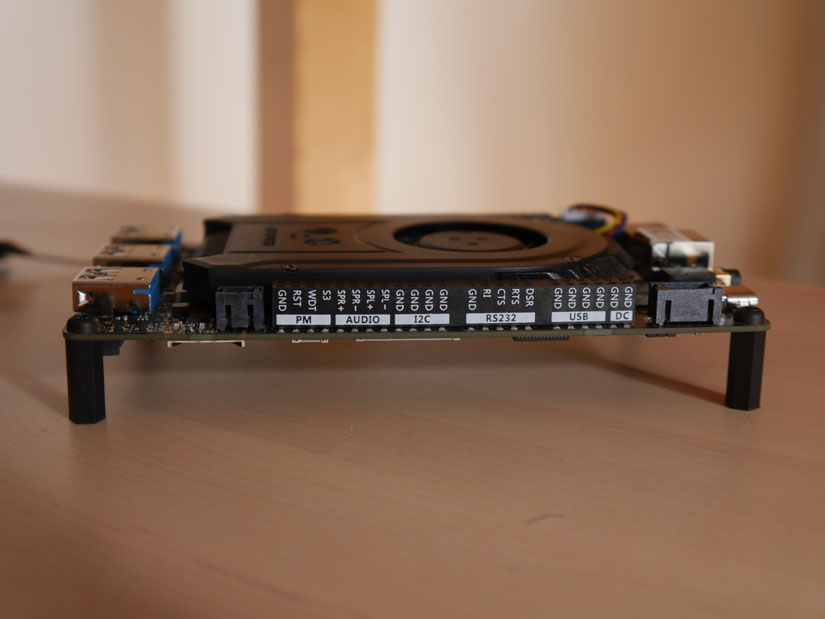
LattePanda 3 Delta: The Best at What It Does at This Price
Throughout testing and reading about the LattaPanda 3 Delta, one of the things that kept coming back is concerns about price. It could be my age, or simply a lack of knowledge on my part, but I don't see it. Even if you ignore the inflated SBC prices of late, the LattaPada 3 Delta provides a smooth experience with a huge amount of options for use cases and has the power to back them up.
It's not going to outperform similar-priced laptops or second-hand tech with similar core specs, but that argument doesn't really make sense to me. This is a multi-purpose SBC, but an SBC nonetheless, and if you aren't looking for what it is offering, you'll always find other options - and the same is true of the Raspberry Pi and every other pocket computer with various I/O options.
Another small point of contention is that many SBCs don't end up with the accessory support that other boards get. There are more Raspberry Pi cases, both produced and 3d printable than you could ever need. So far, this board is lacking in protective cases, though you could always make your own like YouTuber Michael Klements did:
Previous versions of the LattaPanda had the Titan case - a tough plastic shell that wasn't ruggedized or IP-rated, but still perfect for most users. LattaPanda mentioned updating it on the Kickstarter - so it'll be coming soon, no doubt. The LattePanda 3 Delta is a powerful x86 SBC you can buy today, and its $330 asking price provides the building blocks for a huge variety of use cases and even opens up the embedded world to developers with no previous experience.
While there are cheaper SBCs out there, LattePanda has proved itself with a whole series of highly reliable and decently documented products, and the 3 Delta stands up as an improvement across the board.





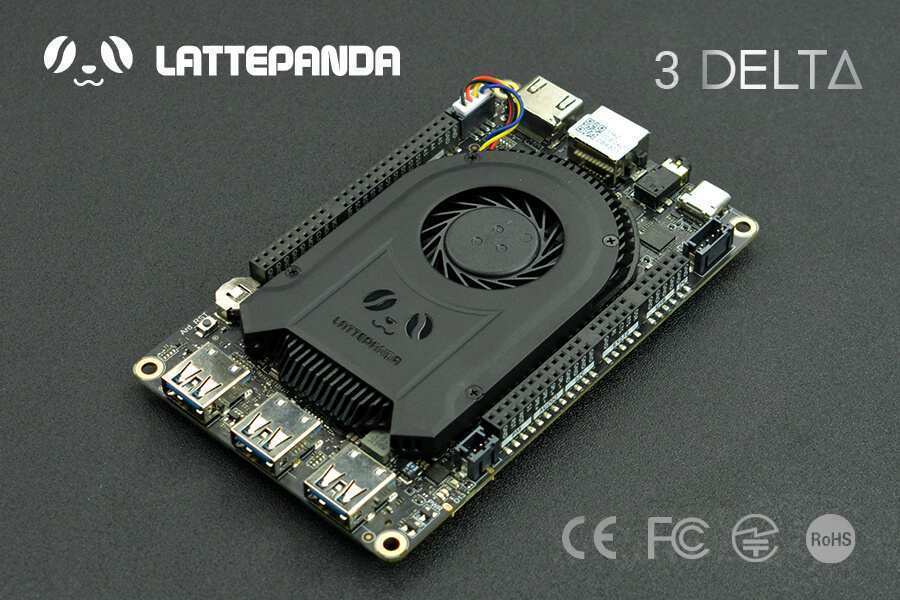

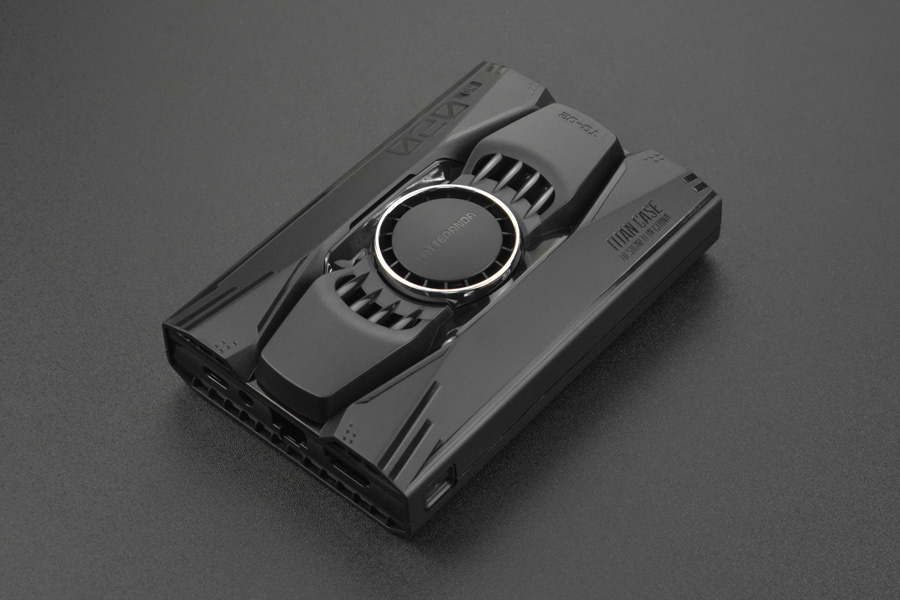
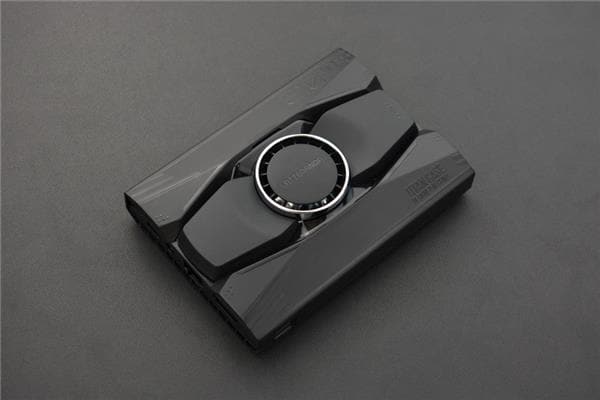
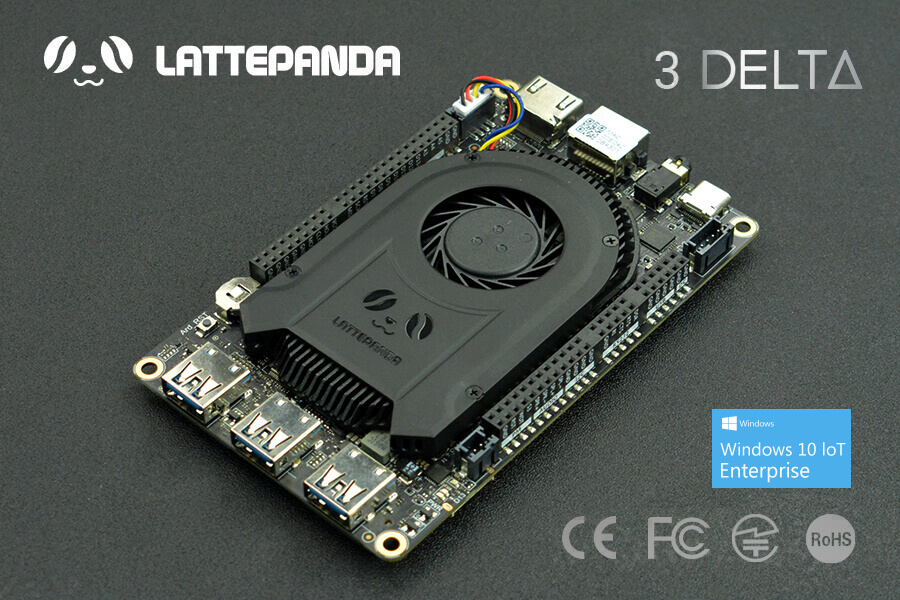
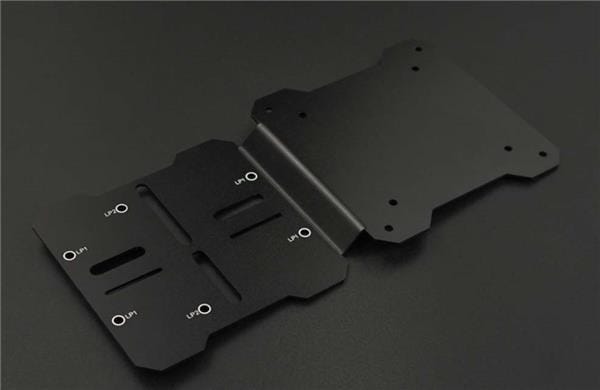
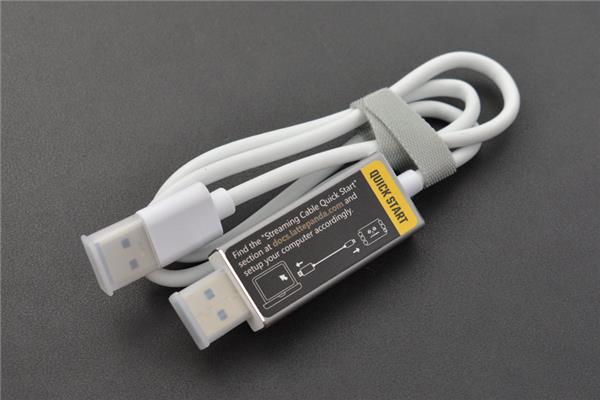
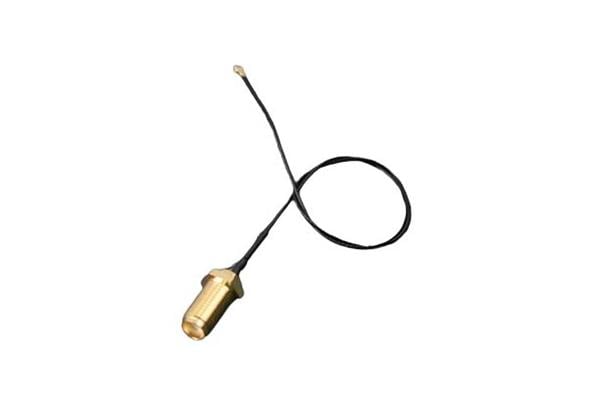
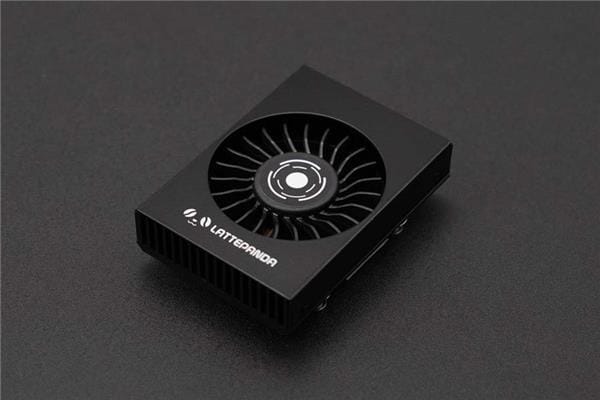
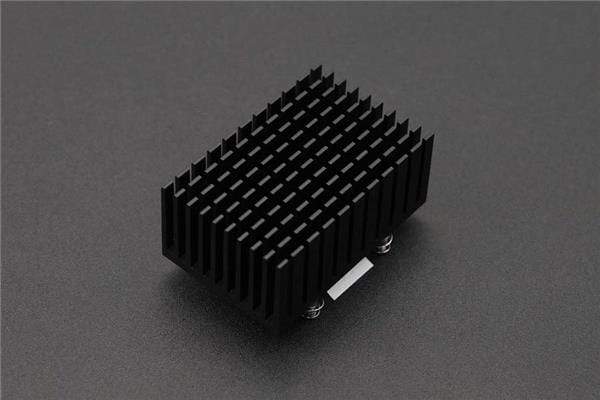
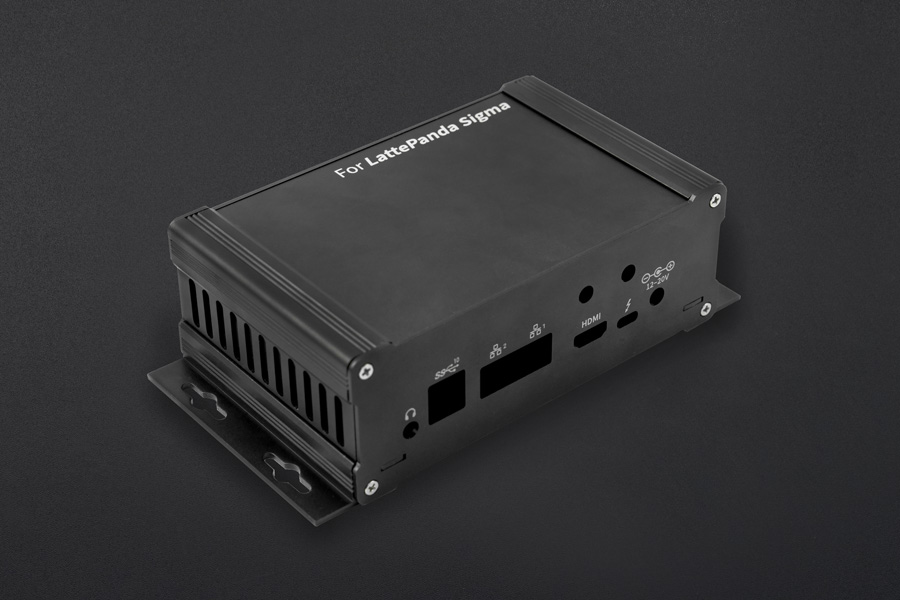
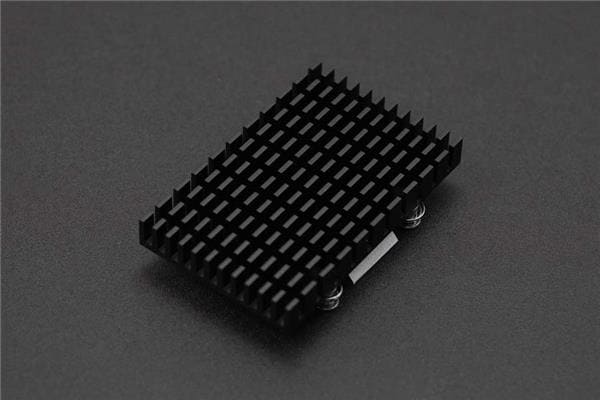
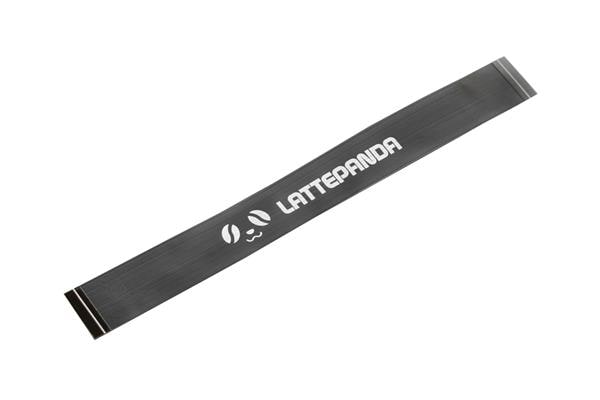
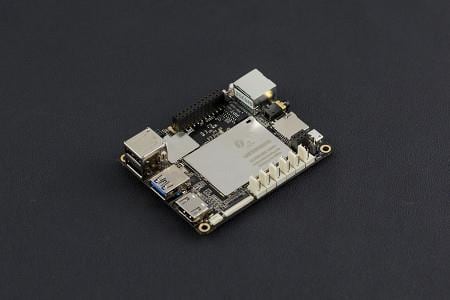
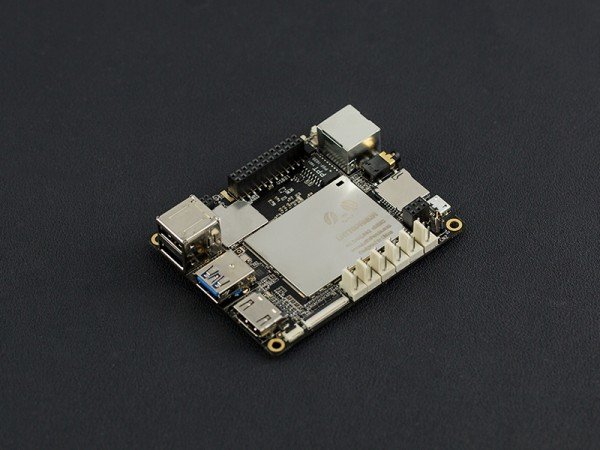
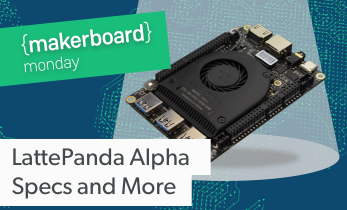
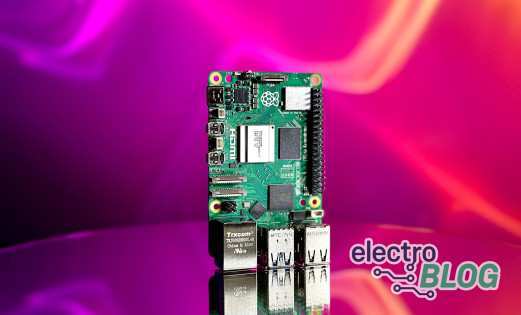
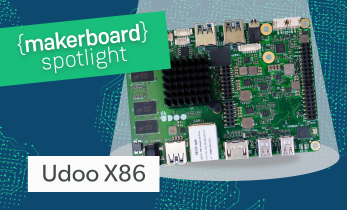
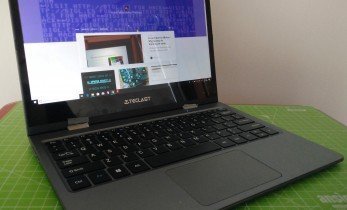
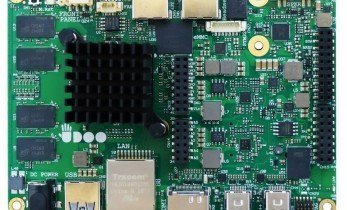
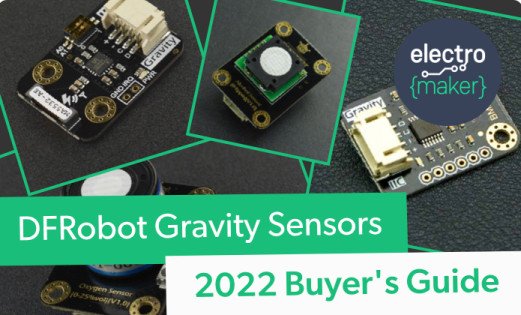
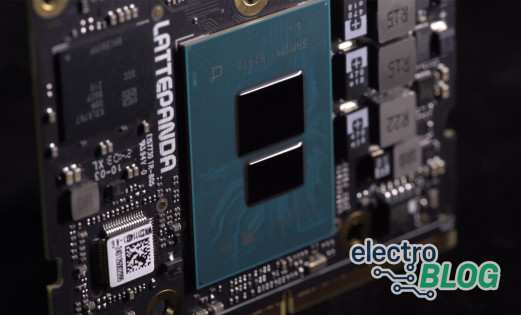
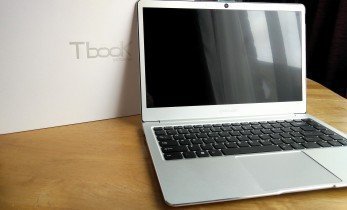
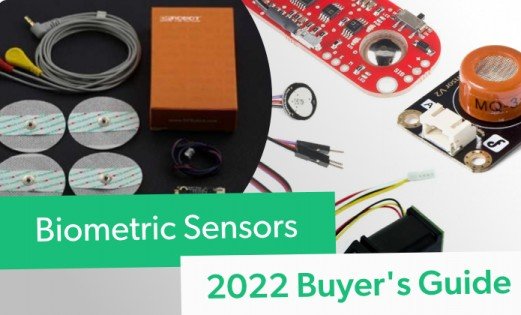
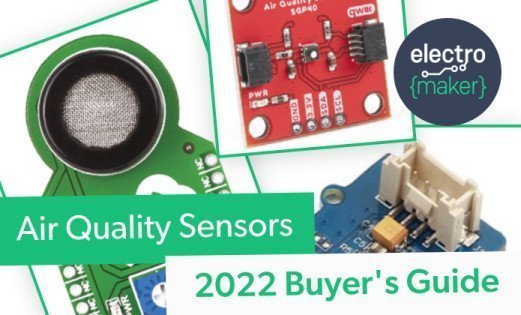
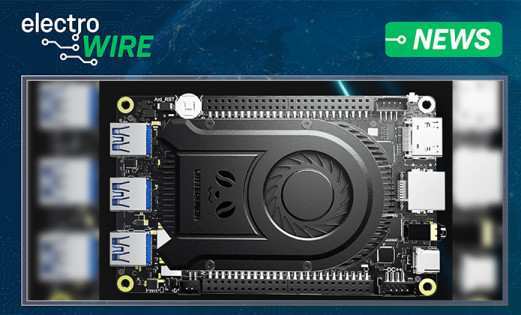
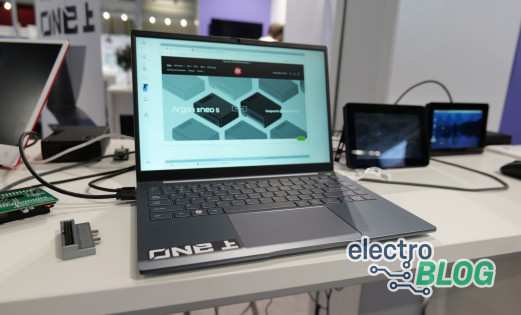

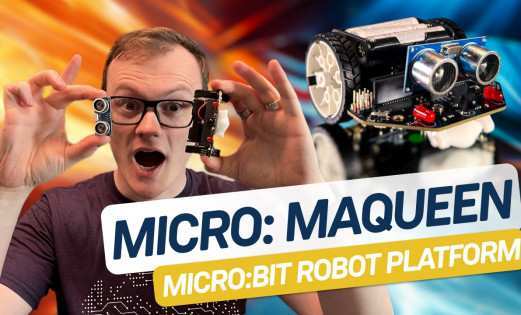
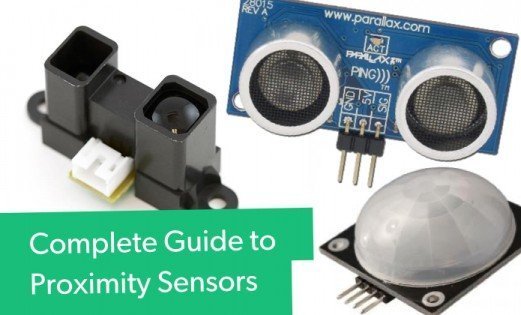

Leave your feedback...